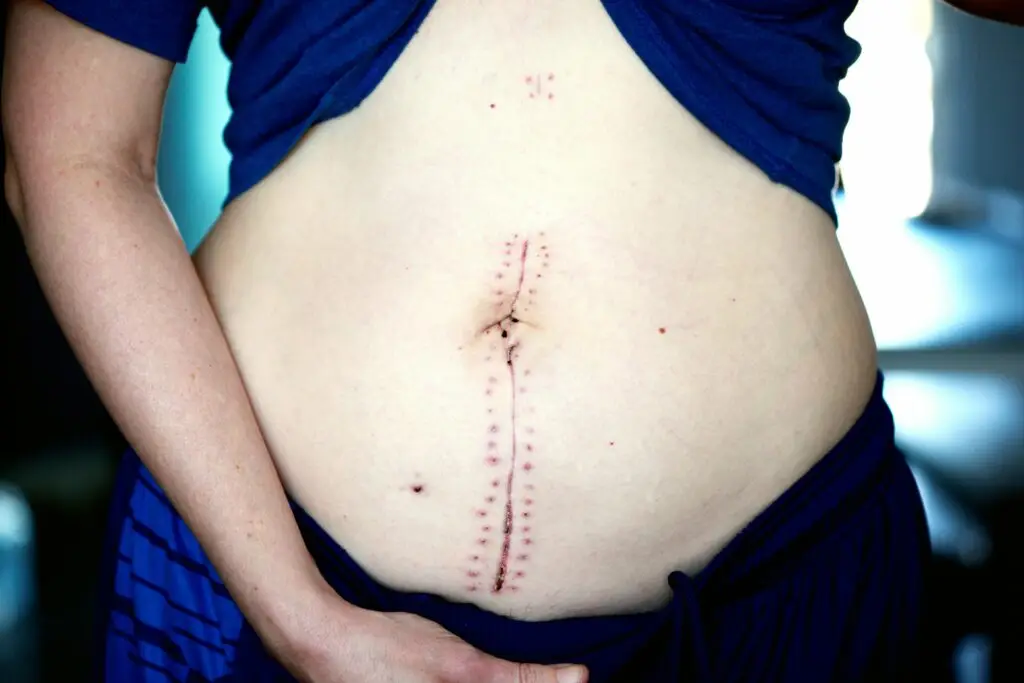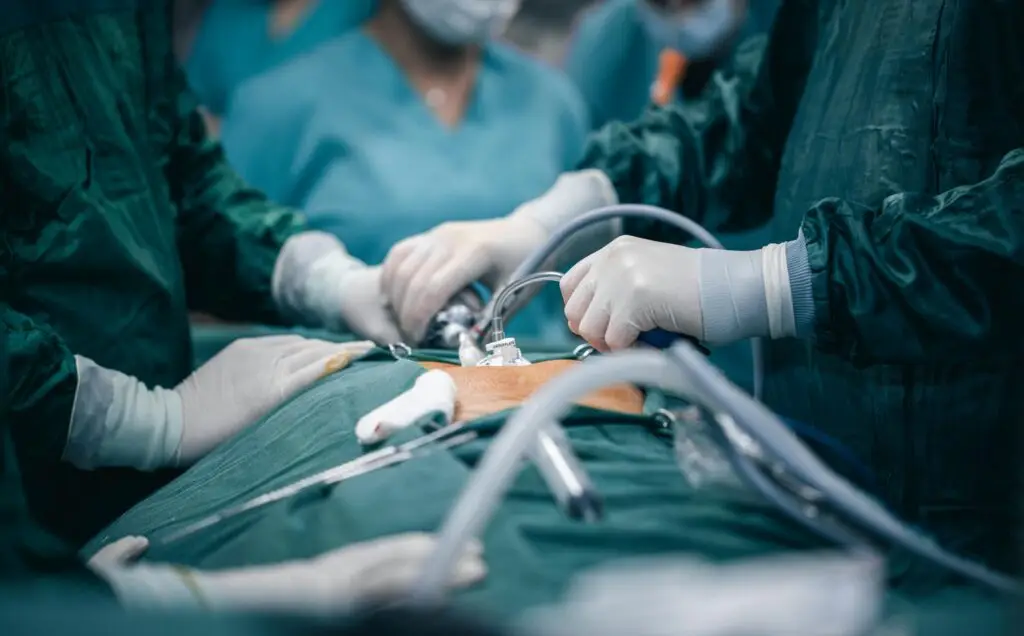Pilonidal sinus is a condition frequently observed in individuals with significant body hair, particularly males aged 20–29. It is often linked to extended periods of sitting on hard surfaces and is sometimes referred to as ‘jeep disease.’ The issue typically occurs in the natal cleft near the coccyx.
Symptoms and Characteristics
- More common in individuals with dark hair compared to those with light hair.
- Symptoms include recurring pain, swelling, and discharge at the lower back area.
- Patients may have a history of abscesses that either drained on their own or required medical intervention, often occurring away from the midline.
Non-Surgical Management for Mild Cases
- Cleaning the affected area and removing hair, with regular shaving to prevent recurrence.
- Maintaining strict hygiene is often advised.
Medications:
- Cap. Cefixime 400mg (Cefiget, Cefspan): Taken once daily for 5 days.
- Tab. Paracetamol 500mg (Panadol): Taken three to four times daily.
- For Acute Abscess: Draining the abscess and removing granulation tissue and hair.
Surgical Approaches for Chronic Cases
- First Method: Opening all sinus tracks, with or without marsupialisation.
- Second Method: Removing all tracks, with or without immediate closure.
- Third Method: Removing all tracks and using flaps like Limberg’s, Karydakis, or rhomboid for closure.
- Modern Technique: Making an incision to the side of the midline to access the sinus cavity, removing hair and tissue, and closing the midline pits while leaving the side wound open.

